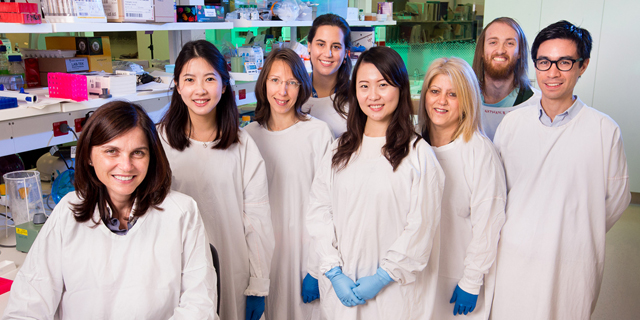Genetic patterns reveal subtypes of Lupus
New research from Prof Fabienne Mackay’s lab in SBS identifies four subtypes of Lupus patients using computer machine-learning technologies.
Only one new treatment for Systemic Lupus Erythematosus (SLE) has been approved in the last 60 years and there is no treatment that works well for all patients. New medicines have shown positive effects for some patients but not enough to pass clinical trials.

New research published
Using computer machine-learning technologies to deeply analyse gene expression patterns across SLE patients, Professor Fabienne Mackay's Research Group (Dept of Microbiology and Immunology), has discovered four main subtypes of patients. The new research was published in the Clinical and Translational Immunology Journal this week.
The findings help in resolving the main differences between patients and may also have a use in targeting medicines to the matching subtypes of patients.
“SLE disease heterogeneity is a key challenge hindering the design of optimal clinical trials and the adequate management of patients. Our approach opens a new possible avenue which addresses this limitation providing a greater understanding of SLE heterogeneity,” says Dr William Figgett in Professor Mackay’s lab.

Future studies may be done to prove predictions about patient responsiveness to specific treatments, improving the design of clinical trials and supporting more personalized therapy.
Dr Figgett adds, “Future clinical trials testing new medicines may have a much better success rate by targeting patients with the right 'mechanism' of disease compared to all patients generally.”
About Lupus
Lupus is a severe autoimmune disease, where the body’s immune cells start to attack its own cells and tissues. More than five million people worldwide are living with a form of Lupus.